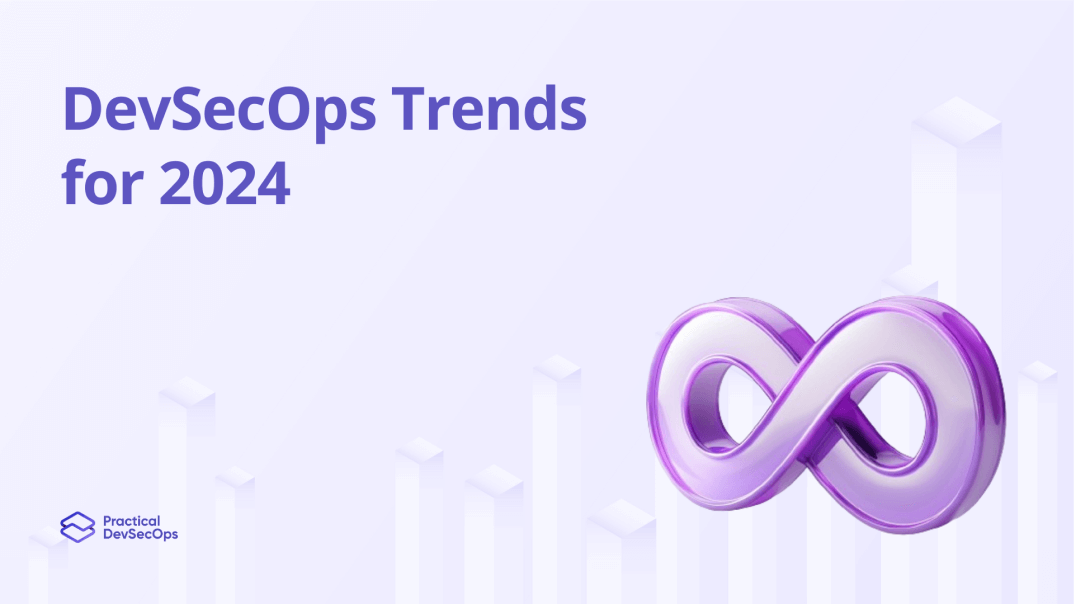DevSecOps, the addition of security practices to the DevOps approach, is a rising method of guarding applications and data in this era where threats and vulnerabilities take new forms day in, day out. Looking into 2024, the following DevSecOps trends are considered very much on course with influencing the cybersecurity landscape: In this article, we will explore these trends and how they can help you stay ahead in the dynamic world of security.
Trend 1: Automation for Enhanced Security and Efficiency
Automating security tasks such as vulnerability scanning, code analysis, and testing can help identify vulnerabilities early in the development process, enabling faster remediation and reducing the overall attack surface. Automated security pipelines and continuous monitoring systems will become standard practices, providing real-time visibility into the security posture of applications and facilitating rapid response to emerging threats.
Trend 2: Shift-Left Security
Accordingly, one of the most important basic principles of DevSecOps is the shift of security practices to the left, meaning the integration of security considerations throughout the whole software lifecycle of development. There will be further impact on the trend as more attention is paid to organizations in the identification and remediation of security flaws at the earliest stages. This would involve making security controls code and very common training on security for developers, where security is given prime focus right from the beginning of development.
Trend 3: Cloud-Native Security
As cloud adoption takes off, there will be a new focus on securing the cloud-native environment in 2024. Adoption of containers, serverless architectures, and microservices is likely to make many companies adopt specific security for all these cloud-based technologies. The DevSecOps teams will work with the cloud architects to ensure a good setup in terms of configuration and also in terms of access control and mechanisms that detect threats. It shall also be very instrumental for the adequate safety of applications and data within cloud environments to give priority to using cloud-native security tools and practices.
Be an expert in Cloud-Native Security through the Certified Cloud-Native Security Expert course
Trend 4: Integration of Security Into the CI/CD Pipeline
By 2024, security will have become built into the CI/CD (Continuous Integration/Continuous Deployment) pipeline. They will integrate with the development workflow smoothly, with checks and controls not to assure security is not treated as overhead but part of the process. What is more, in the course of security-as-code, organizations can enforce their security policies, conduct automated security testing, and ensure the deployment of security code does not change the development timelines.
Trend 5: Threat Intelligence and Analytics
Threat intelligence and analytics are some of the key essentials with the evolution of cyber threats, which will help further strengthen your security posture. It is this threat intelligence that the DevSecOps teams will use, together with various mechanisms of threat intelligence platforms and advanced analytic tools, to watch out for evolving threats. It allows an organization to act in advance of a potential risk materializing into an actual occurrence, and this is possible through active pattern, anomaly, and threat indicator analysis. From henceforth, the integration of threat intelligence in the DevSecOps workflow is bound to follow for sound risk mitigation.
Also Read, DevSecOps Best Practices
Conclusion
Trendsetting in cybersecurity is at the forefront of the evolving world of safeguarding applications and data. The critical waves spanning the landscape of DevSecOps in 2024 would include automation, “shift-left” security, cloud-native security, integrated security within the CI/CD pipeline, and analytics and threat intelligence. Going with the trends and adapting to the new security environment shall assist both organizations and individuals in strengthening their defense walls, protecting their precious assets, and building resilience against the various ever-growing threats.
Interested in DevSecOps Upskilling?
Practical DevSecOps offers an excellent Certified DevSecOps Professional (CDP) course with hands-on training through browser-based labs, 24/7 instructor support, and the best learning resources to upskill in DevSecOps skills.
Start your team’s journey mastering DevSecOps today with Practical DevSecOps!







0 Comments